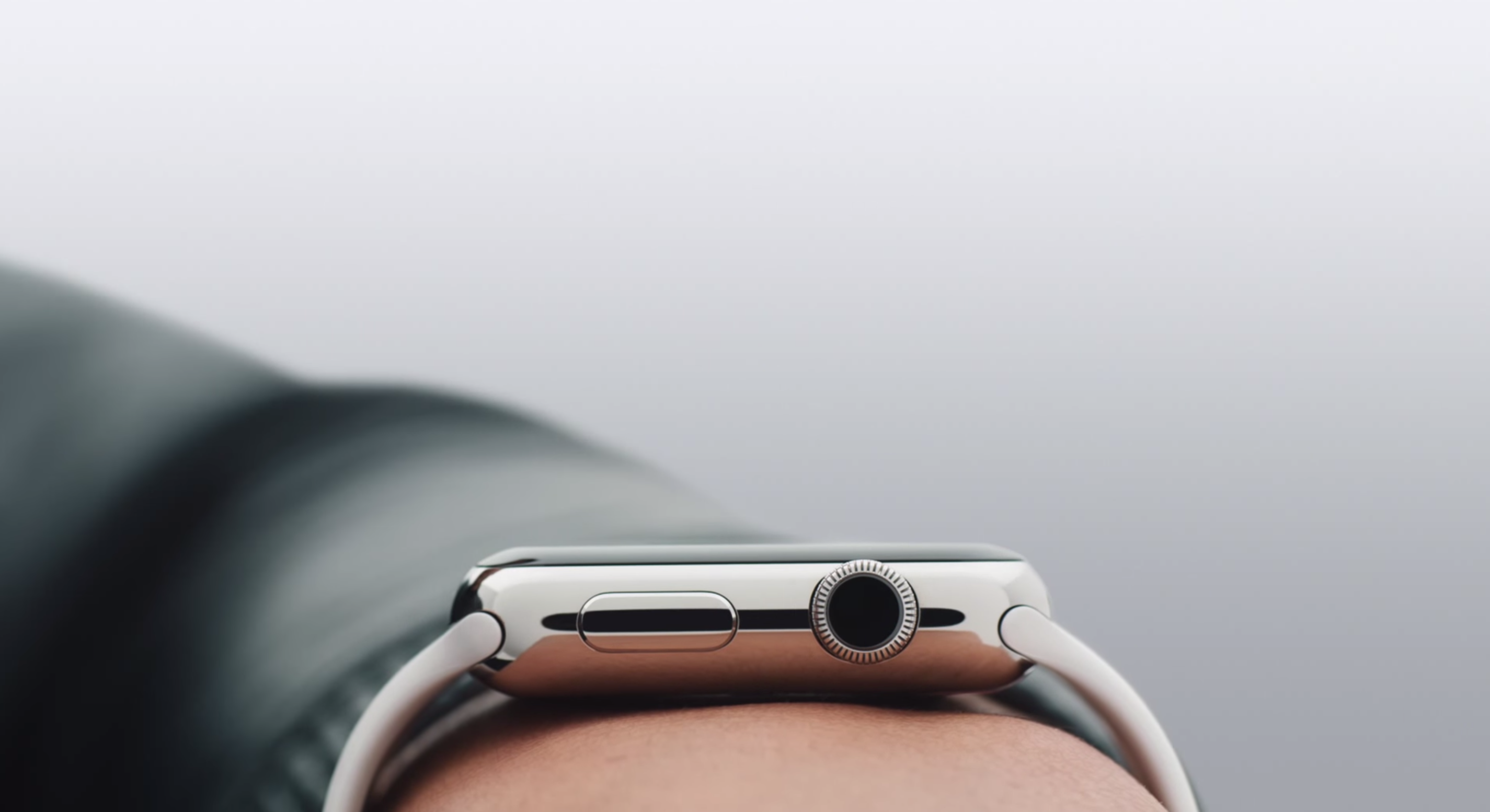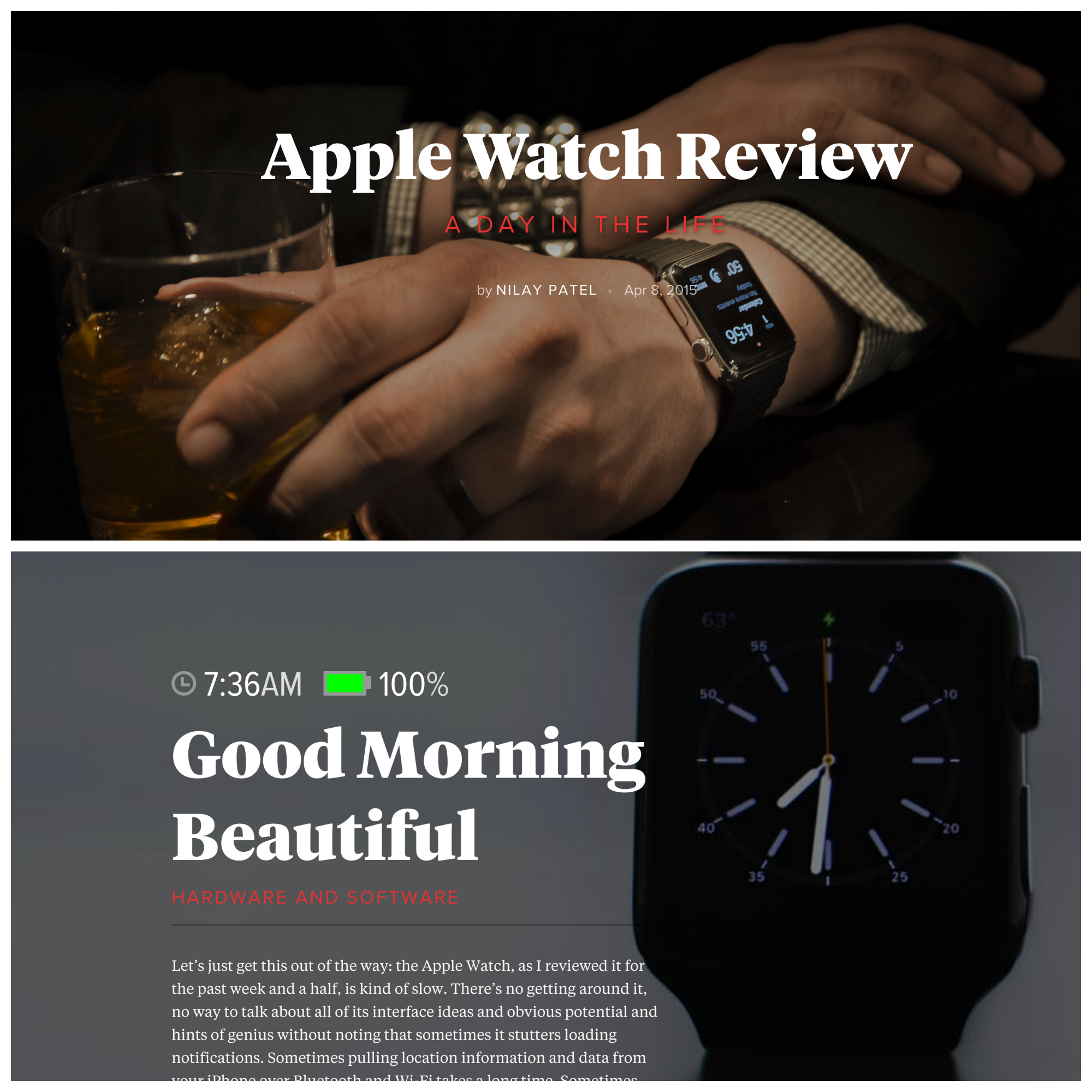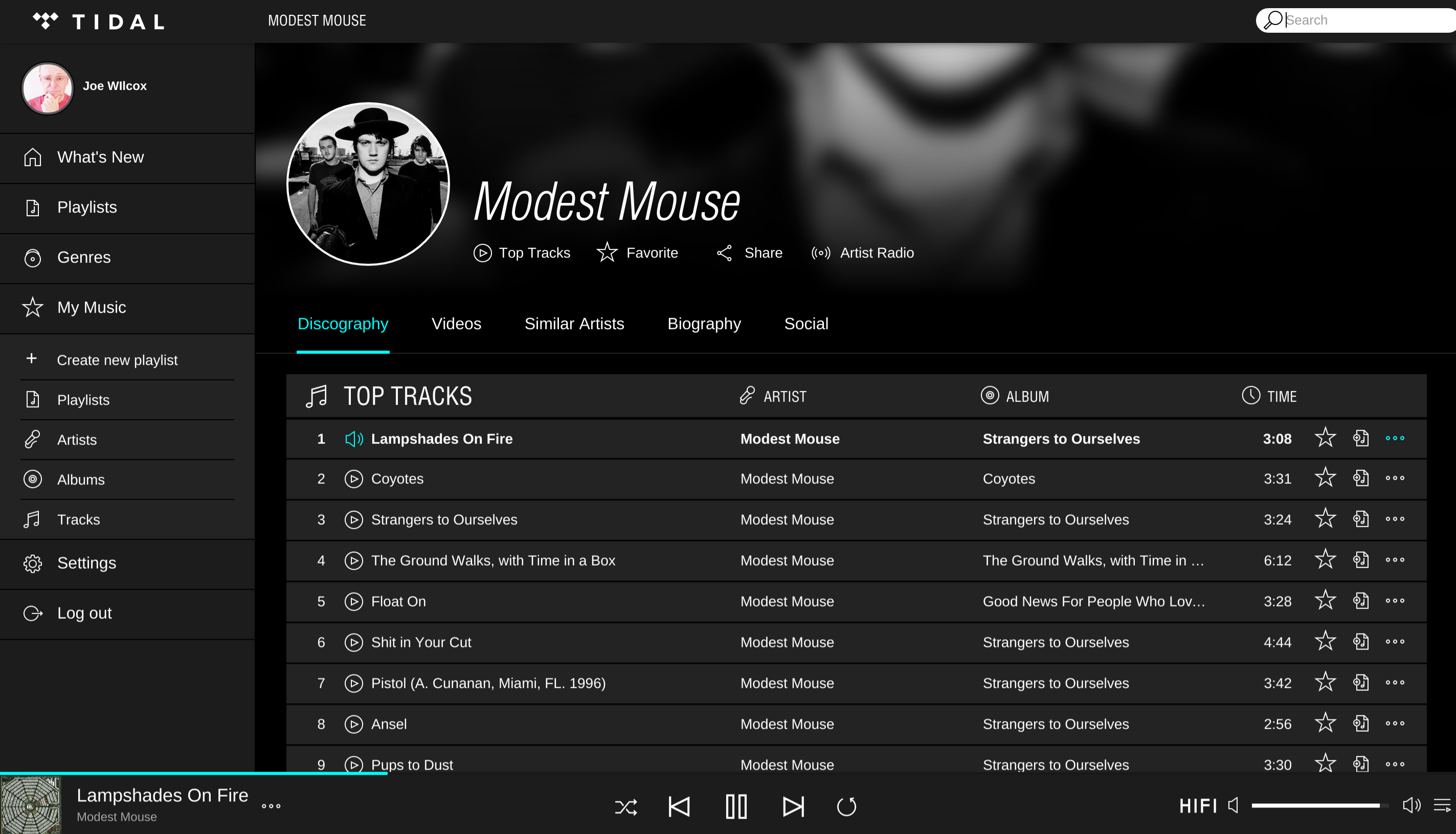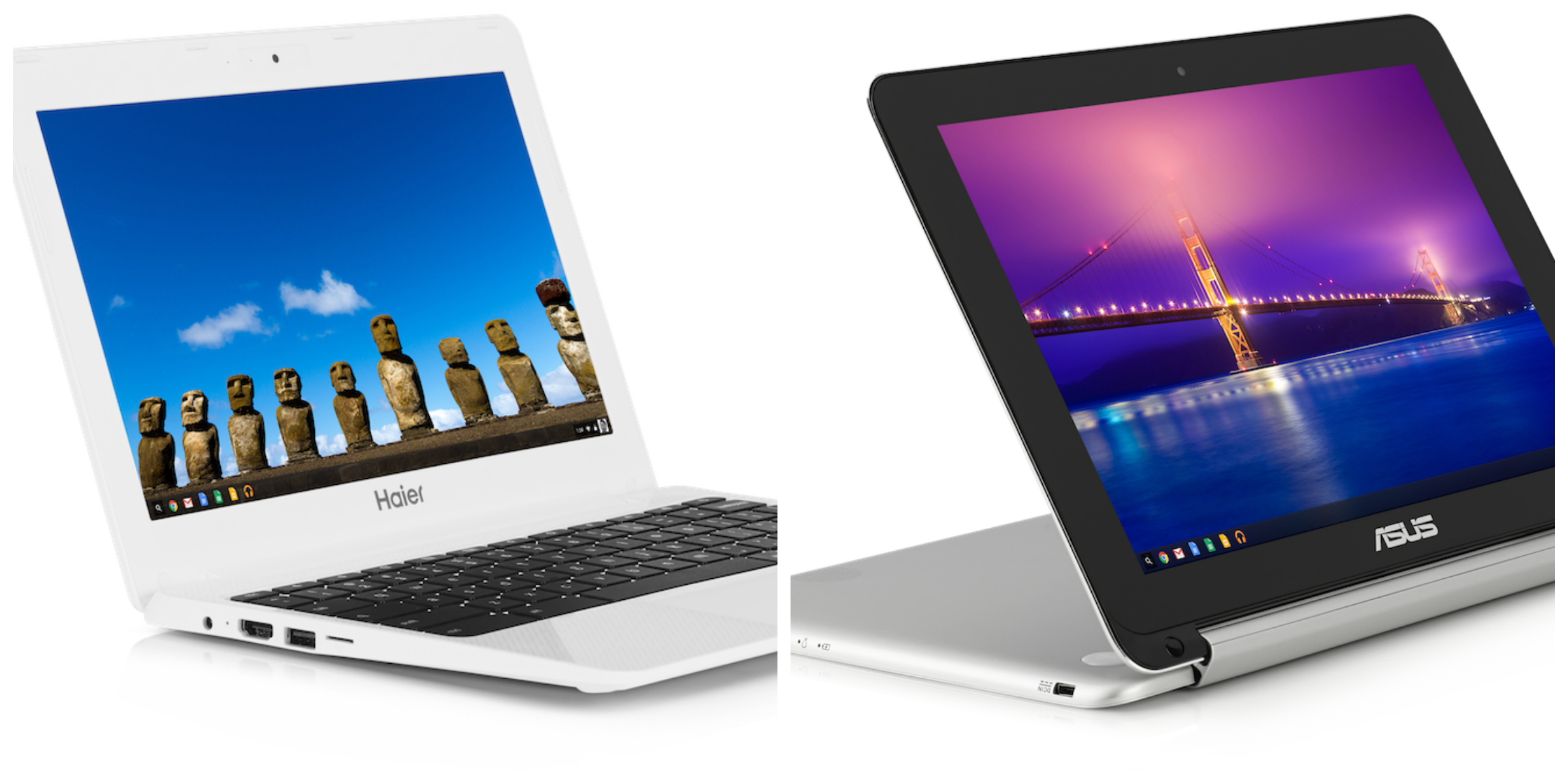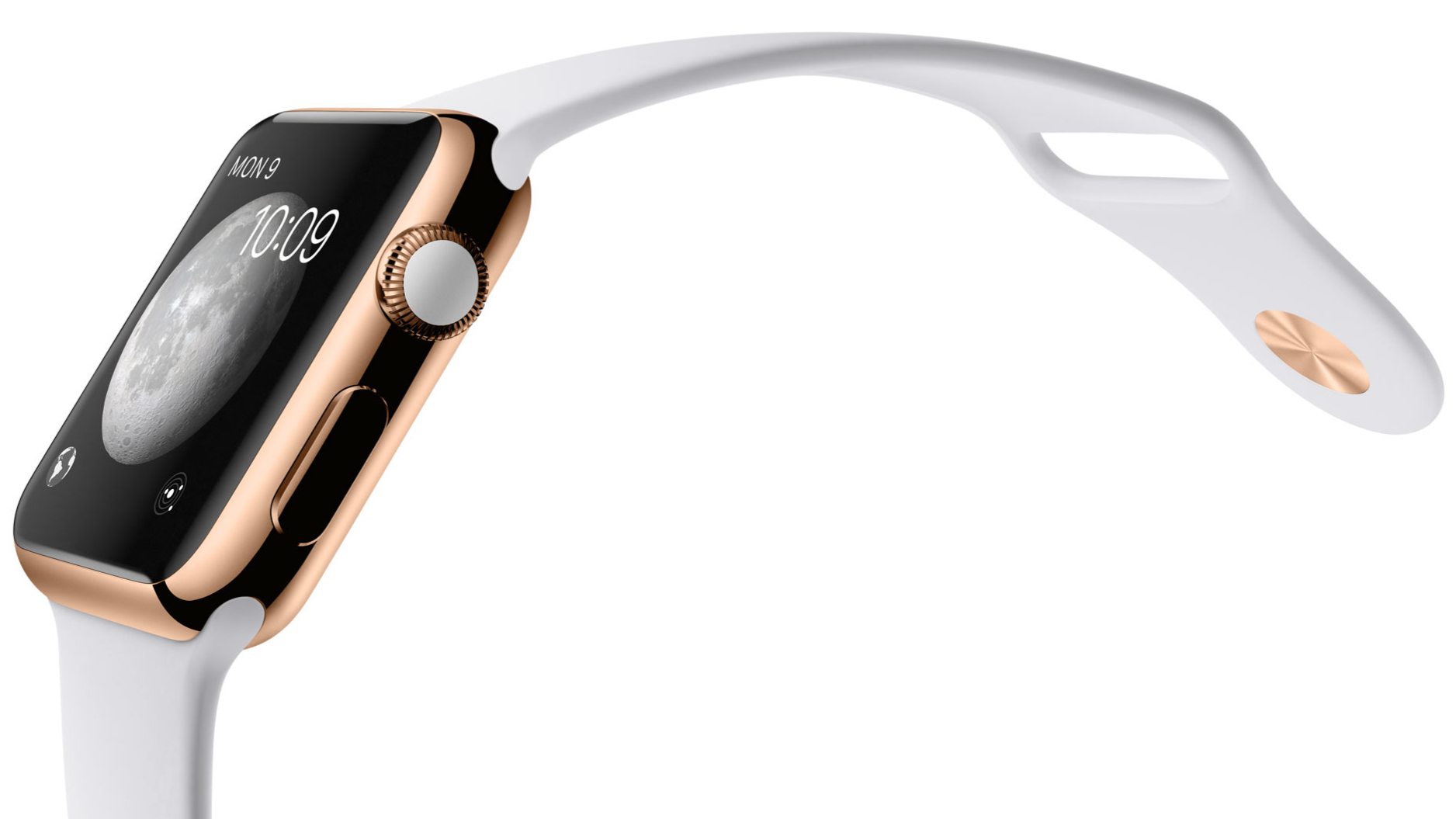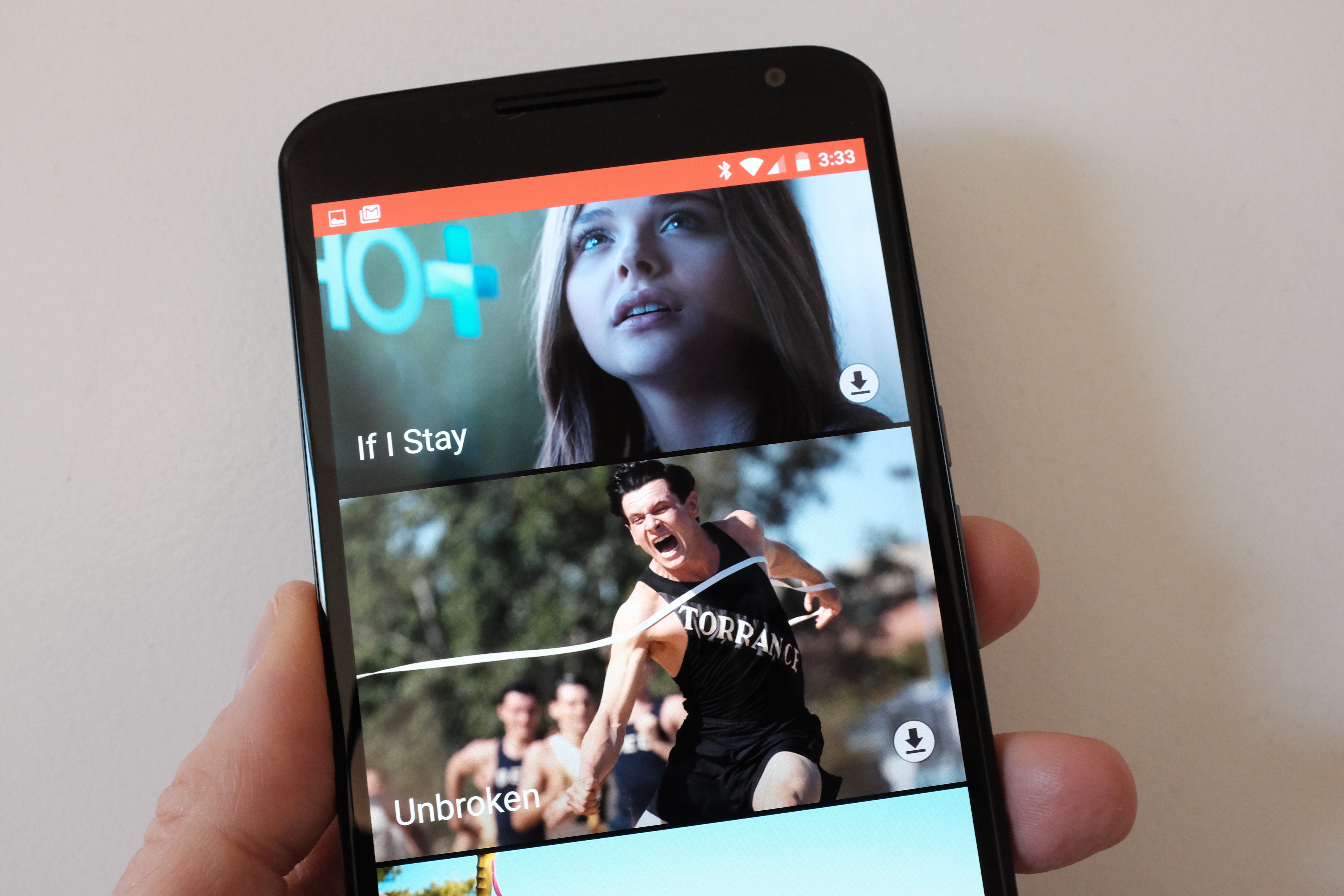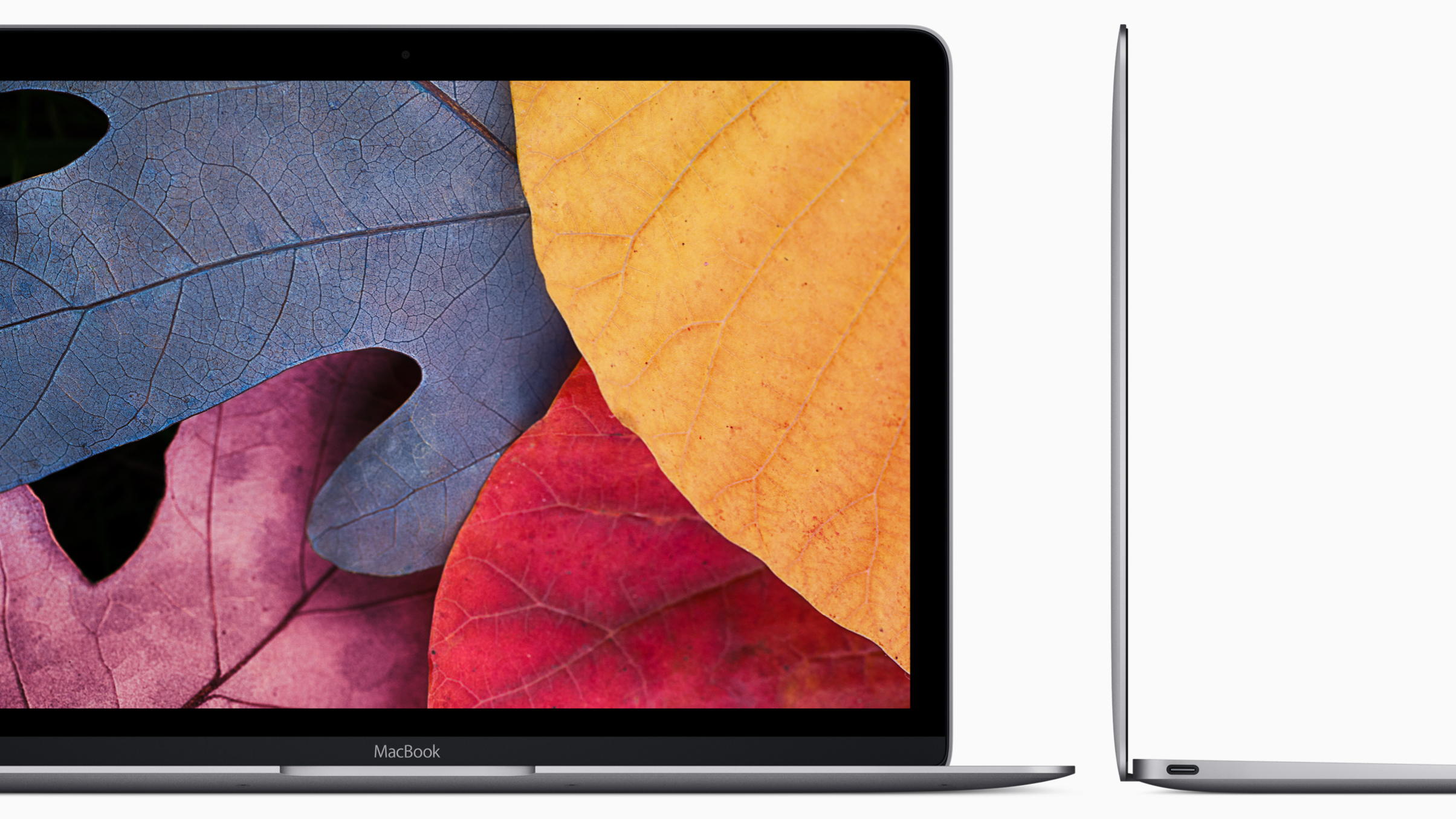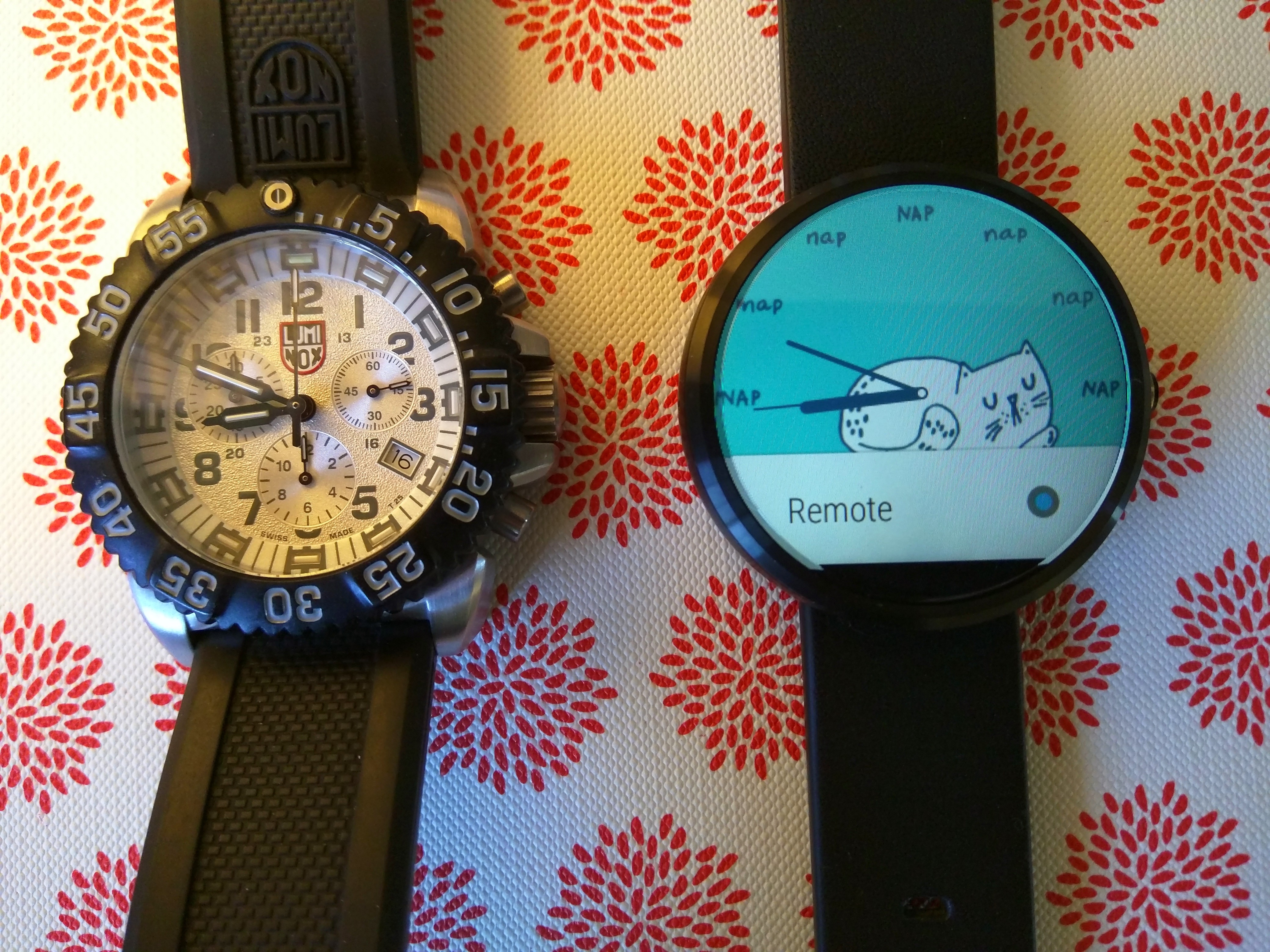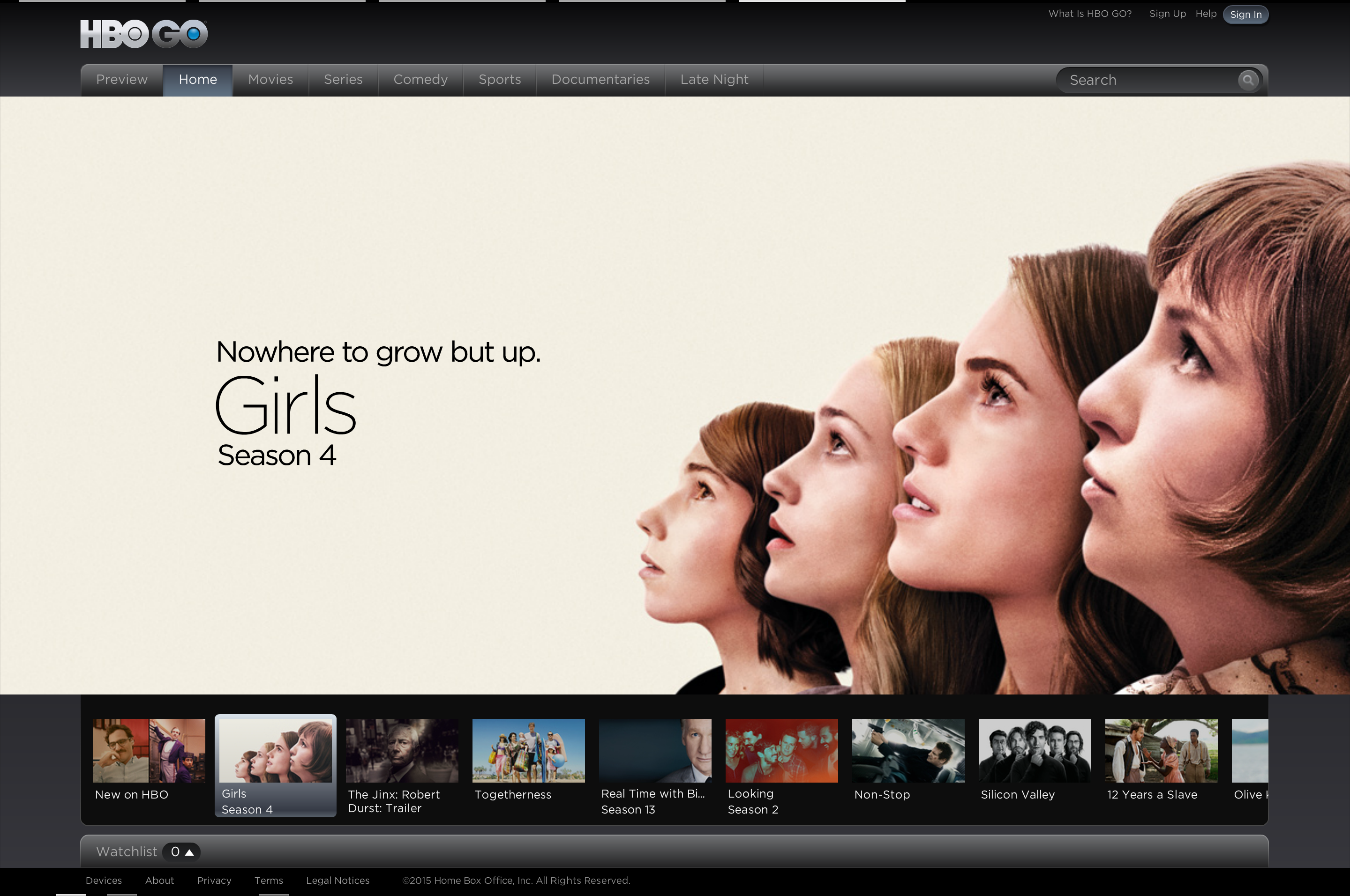I best be watchful, for my wife is smarter than she pretends to be. If not, she’s the mother of all coincidence. Because by all appearances, the woman used the vendor online tracking everyone suspects to snake a great discount from Amazon. Maybe you can turn to advantage persistant invasion of your privacy.
Our story starts on Feb. 11, 2015, when following days of price comparisons she ordered a 12-pack of one pound Café Bustelo from the Internet retailer. Price: $52.90. As we consumed coffee, she returned to Amazon on March 17, when a shocker waited: Same item cost $69.31. Ah, yeah. That’s a 31 percent increase. But by apparently gaming the system, she later purchased for 19 percent less than previously paid.

